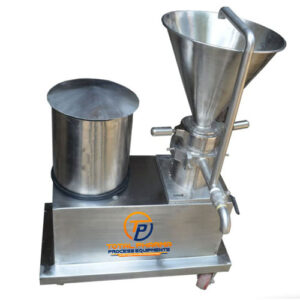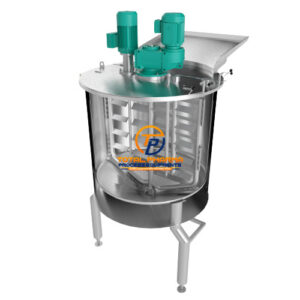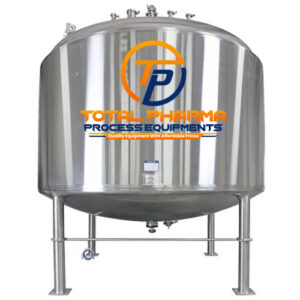AUTOMATIC LIQUID ORAL PROCESS PLANT
Sizes:
The size of an Automatic Liquid Oral Process Plant can vary based on the production capacity and specific requirements of the pharmaceutical company. Common sizes may include:
- Small-Scale Plants:
- Production Capacity: From a few hundred liters to around a thousand liters per batch.
- Uses: Small-scale plants are suitable for companies with lower production demands or those manufacturing a variety of formulations in smaller quantities.
- Medium-Scale Plants:
- Production Capacity: From a few thousand to tens of thousands of liters per batch.
- Uses: Medium-scale plants are appropriate for pharmaceutical companies with moderate production requirements and a need for increased efficiency.
- Large-Scale Plants:
- Production Capacity: Tens of thousands of liters or more per batch.
- Uses: Large-scale plants are designed for pharmaceutical companies with high production demands and a need for substantial output.
Description
- Automation and Control:
- Advantages: Automation systems control various stages of the manufacturing process, ensuring precision, consistency, and minimizing the risk of human error.
- Process Efficiency:
- Advantages: Automated systems contribute to increased process efficiency, reducing production time and enhancing overall productivity.
- Quality Assurance:
- Advantages: Automated processes help maintain a high level of product quality and consistency by minimizing variations in formulation and production.
- Batch-to-Batch Consistency:
- Advantages: Automated control systems ensure batch-to-batch consistency, crucial for maintaining product quality and meeting regulatory standards.
- Reduced Human Intervention:
- Advantages: Automation reduces the need for extensive human intervention in the manufacturing process, minimizing the risk of contamination and errors.
- Traceability:
- Advantages: Automated systems often include traceability features, allowing for tracking and recording of each step in the manufacturing process for quality control and regulatory compliance.
- Resource Optimization:
- Advantages: Automated Liquid Oral Process Plants optimize the use of resources, including raw materials and utilities, contributing to cost-effectiveness.
- Flexibility and Scalability:
- Advantages: Many automated systems are designed to be flexible and scalable, allowing companies to adapt production processes to changing demands and volumes.
- Compliance with Regulatory Standards:
- Advantages: Automated systems are designed to comply with regulatory standards, ensuring that the manufacturing process meets pharmaceutical industry regulations.
- Safety Measures:
- Advantages: Automated systems can incorporate safety features, such as monitoring for abnormal conditions, to enhance the overall safety of the manufacturing process.
- Clean-in-Place (CIP) Systems:
- Advantages: Many Automatic Liquid Oral Process Plants are equipped with CIP systems, allowing for efficient cleaning and sterilization of equipment without disassembly.
- Reduced Wastage:
- Advantages: Automation helps minimize product wastage by controlling dosages and ensuring accurate dispensing of materials.







Reviews
There are no reviews yet.